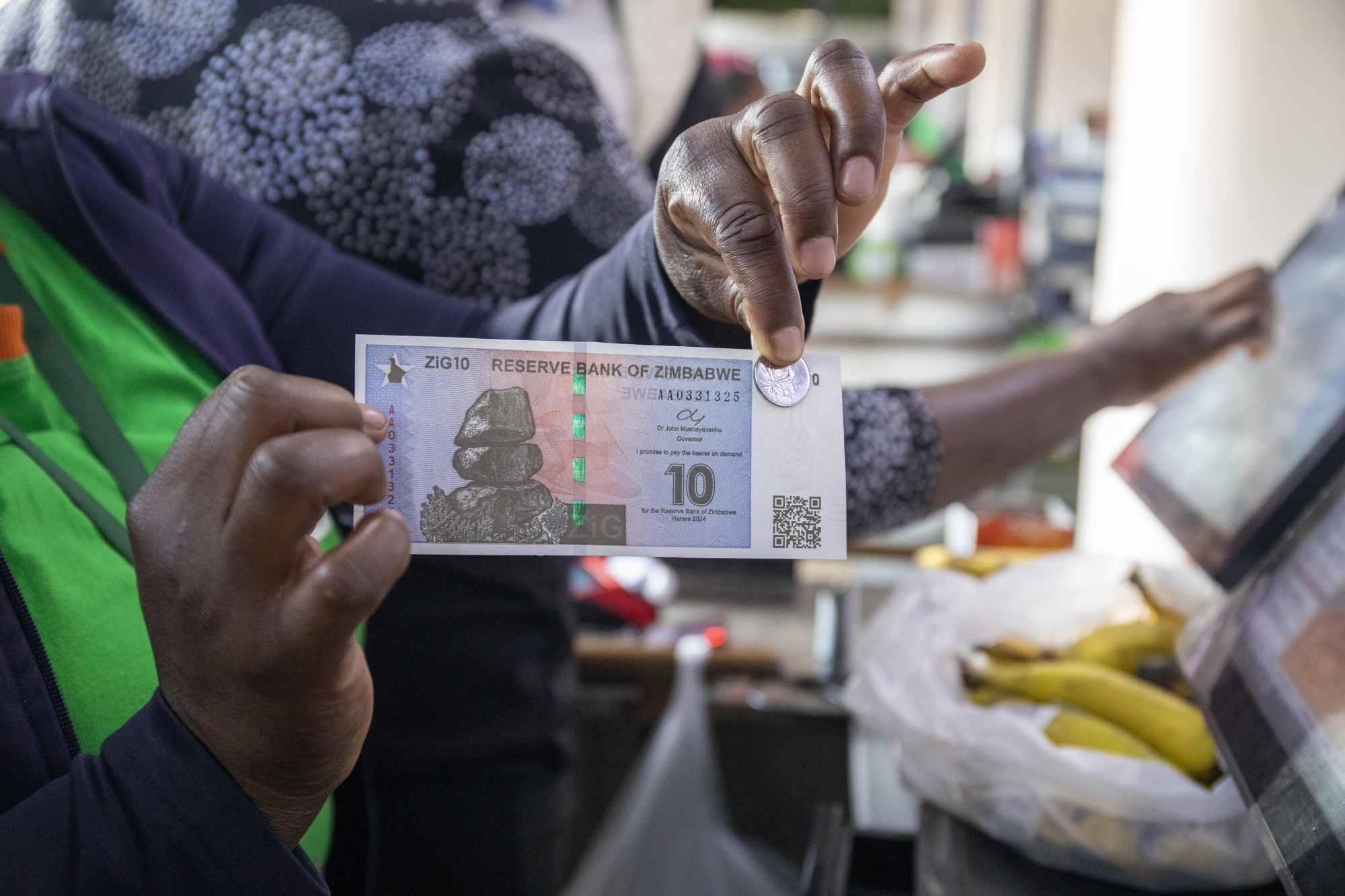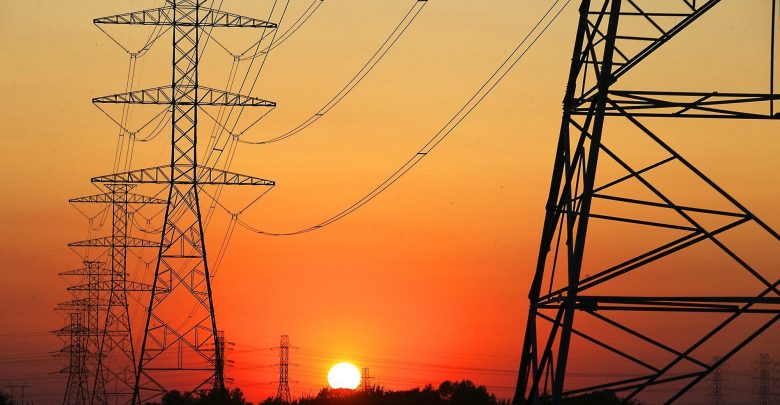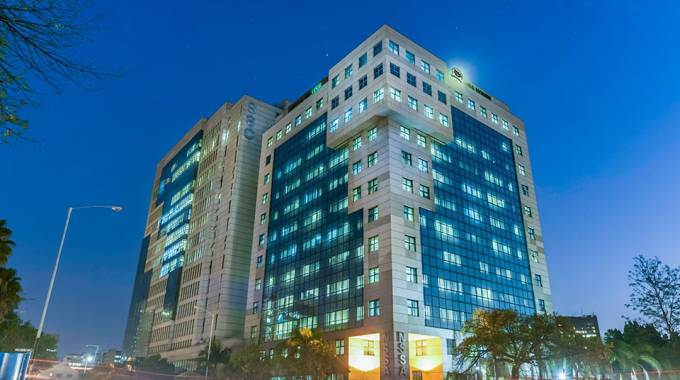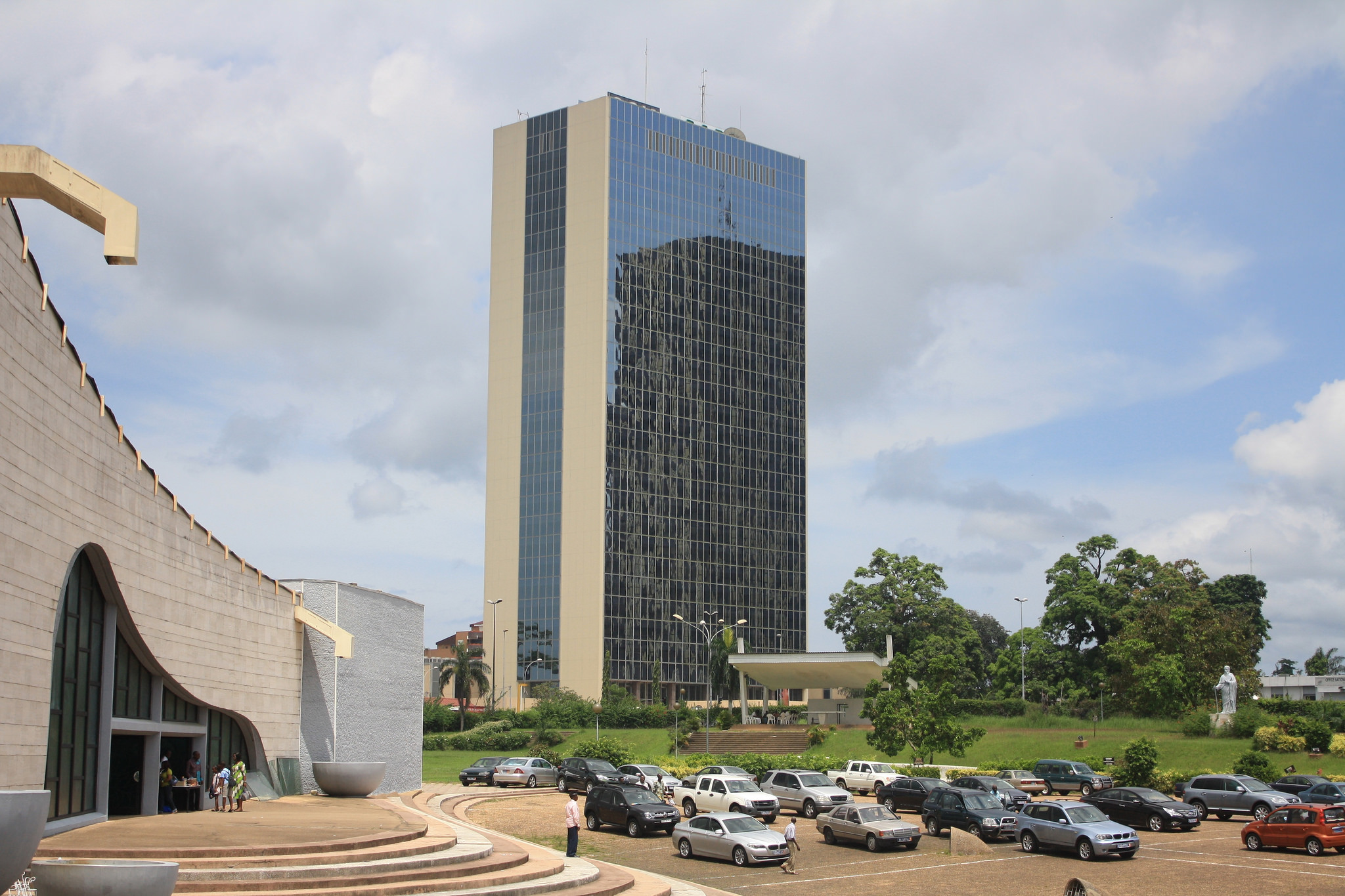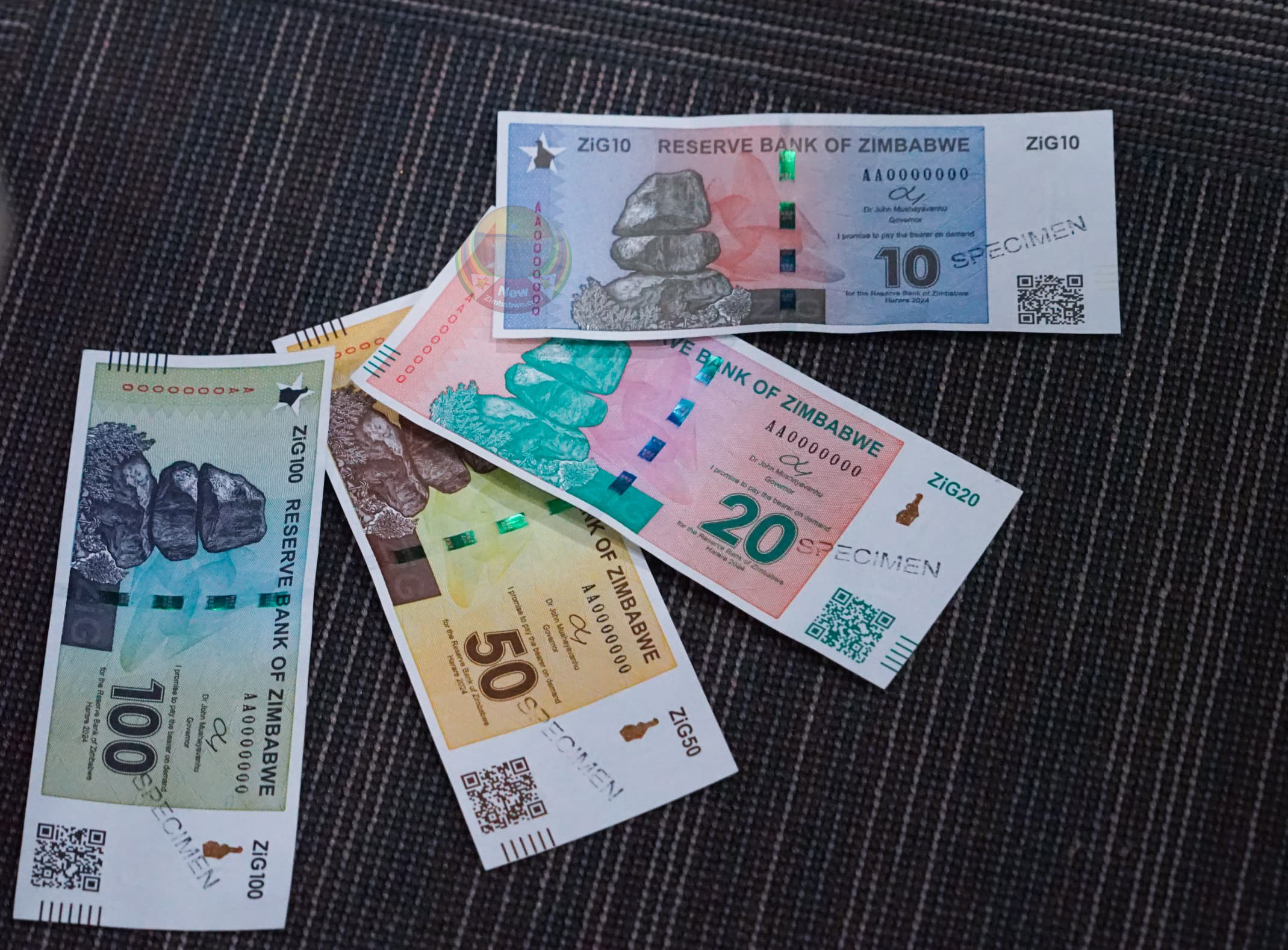Sub-Sahara Africa growth projected at 3,5pc
The World Bank projects that economic activity in Sub-Saharan Africa will climb from 3,3 percent in 2024 to 3,5 percent in 2025, and further accelerate to 4,3 percent by 2026–27.
However, growth is being weighed down by some of the region’s largest economies, Angola, Nigeria, and South Africa, according to the bank’s latest Africa’s Pulse report.
Excluding these three countries, the rest of the subcontinent is expected to expand by 4,6 percent in 2025 and quicken to 5,7 percent in 2026–27.
Even so, the outlook remains vulnerable to heightened risks from global policy uncertainty.
“Sub-Saharan African economies will navigate an uncertain landscape amid greater policy uncertainty, which may lead to changes in the world trade order; ongoing (regional and national) geopolitical shifts that may affect commodity prices, disrupt international relations, and yield further fragmentation; reduced foreign aid budgets worldwide; and challenges posed by extreme weather events.”
According to the report, in 2024, about 70 percent of Sub-Saharan African countries saw inflation decline due to improved currency stability, tighter monetary and fiscal policies, and easing global supply chain pressures. However, inflation remains highly uneven across the region.
Out of 47 countries, 14, including Angola, Ethiopia, Ghana, Malawi, Nigeria, Sudan, and Zimbabwe, still face double-digit inflation rates. The World Bank projects that by 2027, the number of countries with inflation above 10 percent will fall to six.
“As inflation cools down and converges to targets, and (global and domestic) financial conditions remain accommodative, it is expected that household consumption and investment will support the region’s growth acceleration.” — Business Insider Africa.-herald




